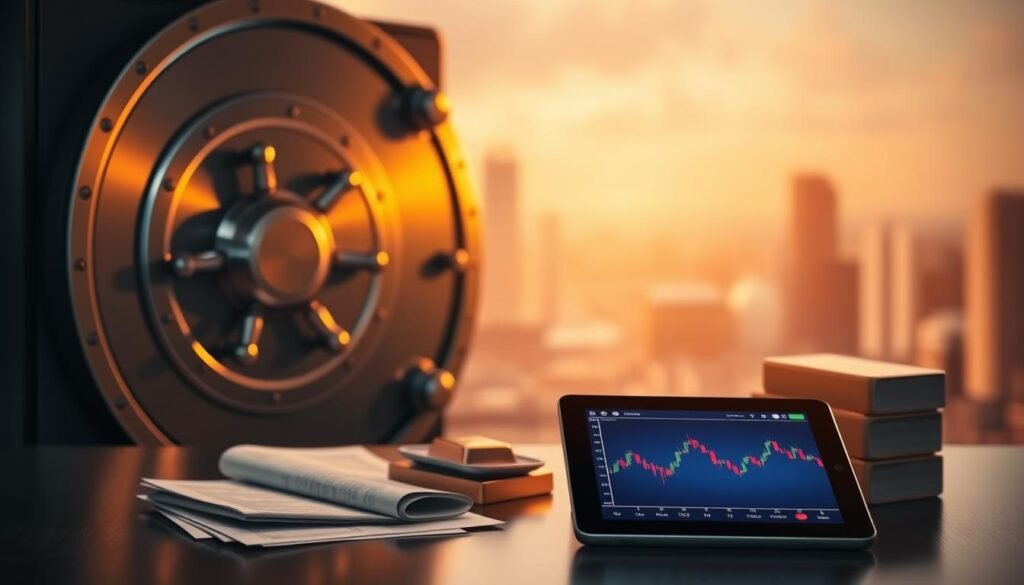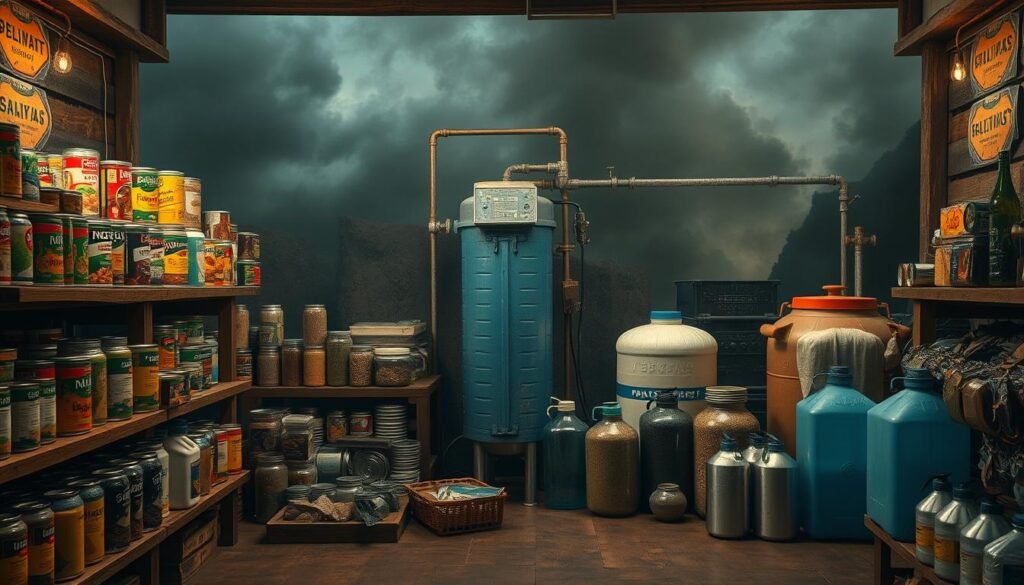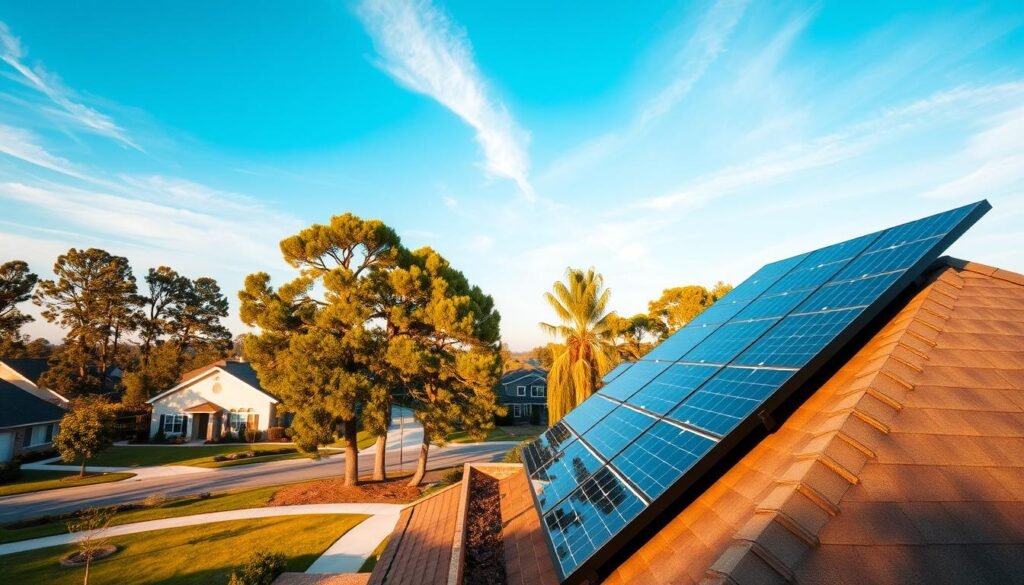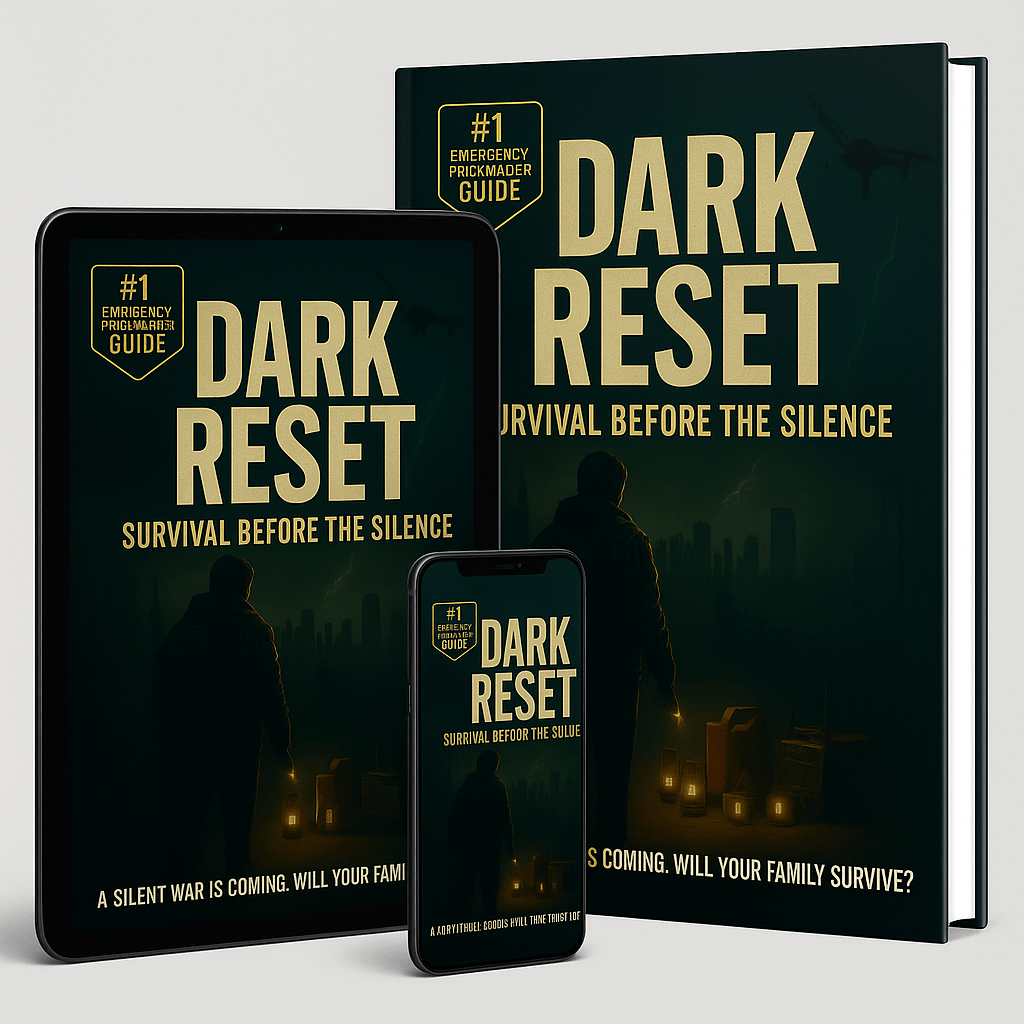Address
AVSSO 2242 SE 171st AVE Portland Oregon USA 97233
Work Hours
Monday to Friday: 7AM - 7PM
Weekend: 10AM - 5PM
Address
AVSSO 2242 SE 171st AVE Portland Oregon USA 97233
Work Hours
Monday to Friday: 7AM - 7PM
Weekend: 10AM - 5PM

As we approach 2025, the mystique surrounding Nostradamus’ prophecies continues to captivate us. Nostradamus, a 16th-century astrologer and plague doctor, has been credited with predicting numerous significant events throughout history, including the Great Fire of London, Hitler’s rise to power, and the COVID-19 pandemic.
His prophecies are often shrouded in mystery, sparking both fascination and fear. The concept of a Dark Reset has been linked to his predictions for 2025, raising questions about what this means for our future and how we can prepare.
We will explore the details of Nostradamus’ 2025 prophecy and provide insights into the Preparation strategies that can help us navigate the challenges ahead.
Nostradamus, a 16th-century prophet, has left behind a legacy of quatrains that many believe point to significant events in 2025. To understand these prophecies, we must first delve into Nostradamus’ background and his methods of prediction.
Nostradamus, born Michel de Nostredame, was a French apothecary and seer who wrote a series of prophetic quatrains. His methods involved a combination of astrology, mysticism, and intuition. His prophecies are known for their ambiguity, making interpretation challenging.
Several quatrains are believed to reference events around 2025. For instance, one quatrain speaks of “a great terror from the sky” and another mentions “a great and sudden change.” These vague descriptions have sparked various interpretations.
Nostradamus used various symbols in his quatrains, such as:

Understanding these symbols is crucial to interpreting Nostradamus’ prophecies for 2025.
The prophecy of a Dark Reset in 2025, as foretold by Nostradamus, has sparked intense debate and analysis among scholars regarding its historical context and modern interpretations. As we delve into the concept of the Dark Reset, it’s essential to understand the historical backdrop against which Nostradamus made his predictions.
Nostradamus, a 16th-century prophet, made his predictions during a time of great turmoil in Europe, including the Renaissance and the rise of various empires. His quatrains, often cryptic and open to interpretation, have been studied for centuries for their potential insights into future events.
Modern scholars have interpreted Nostradamus’ prophecies in various ways, with some focusing on the potential for global economic upheaval or significant social and political change.
The potential economic implications of a Dark Reset are far-reaching, including:
Socially and politically, a Dark Reset could manifest as increased geopolitical tensions, potential conflicts, and significant shifts in global power dynamics.

As we consider the possibilities, it’s crucial to remain informed and prepared for various scenarios, understanding that the future is inherently uncertain.
Several key areas may indicate if Nostradamus’ 2025 prophecy is unfolding as predicted. We need to monitor these signs to understand the potential trajectory of events.
Economic instability often precedes significant global events. We should watch for inflation rates, market volatility, and changes in global trade policies. Unusual fluctuations in commodity prices, such as oil and precious metals, can also signal economic stress.

Rising geopolitical tensions are often cited in Nostradamus’ prophecies as precursors to major conflicts. Areas like the Middle East, North Korea, and Ukraine are considered potential flashpoints. Escalations in these regions could be critical indicators.
Nostradamus frequently mentioned natural disasters and environmental changes. We should track increases in extreme weather events, such as hurricanes, wildfires, and earthquakes. Unusual patterns or intensification of these phenomena could be warning signs.
By monitoring these areas, we can better understand if the prophecy is unfolding. Staying informed and prepared is crucial as we move towards 2025.
In light of the predicted Dark Reset, financial preparation is not just prudent—it’s essential for safeguarding our assets. As we navigate the uncertainties of 2025, diversifying our financial portfolio and creating a robust emergency fund can provide a crucial safety net.
Diversifying our assets is a fundamental strategy for mitigating financial risk. We can achieve this by spreading our investments across different asset classes, such as stocks, bonds, and real estate. It’s crucial to assess our risk tolerance and adjust our investment mix accordingly. For instance, a more conservative investor might allocate a larger portion to bonds, while a more aggressive investor might favor stocks.

Incorporating precious metals like gold and silver into our portfolio can serve as a hedge against inflation and currency devaluation. Historically, these metals have maintained their value during economic downturns. Additionally, exploring alternative currencies, such as cryptocurrencies, can provide another layer of diversification, though it’s essential to understand the associated risks and volatility.
Building an emergency fund that covers at least six months of living expenses is vital for financial resilience. This fund should be easily accessible and maintained in a stable, low-risk account. By having this financial cushion, we can avoid going into debt when unexpected expenses arise.
To protect our assets from inflation, we should consider investments that historically perform well in inflationary environments. These include Treasury Inflation-Protected Securities (TIPS), real estate investment trusts (REITs), and certain commodities. It’s essential to research and understand the benefits and risks of each option.
In the face of growing uncertainty, securing food and water for at least 90 days becomes a top priority. A well-thought-out plan ensures that we can sustain ourselves and our families during potential disruptions.

Creating a strategic food reserve involves stockpiling non-perishable items that are rich in nutrients. We should focus on foods that are easy to store and prepare, such as canned goods, dried fruits, and nuts. It’s also crucial to rotate our stock every 6-12 months to ensure freshness.
Having access to clean water is as important as having food. We can achieve water security by implementing a water purification system or storing water in food-grade containers. Regularly testing and maintaining the quality of stored water is essential.
To enhance our food security, we should consider developing skills in sustainable food production, such as gardening and small animal husbandry. This not only provides a potential long-term food source but also a means to supplement our diet during challenging times.
When building our food and water reserves, it’s vital to consider space-efficient storage solutions. Utilizing vertical storage, under-bed containers, and other creative storage ideas can help maximize our available space.
By focusing on these key areas, we can create a robust 90-day plan that enhances our food and water security, ensuring we’re better prepared for whatever challenges come our way.
With the possibility of disruptions on the horizon, having a reliable energy source is more important than ever. Achieving energy independence can significantly enhance our resilience to potential challenges.
One effective way to ensure energy independence is by investing in residential solar and battery systems. These systems allow homeowners to generate their own electricity and store it for later use, reducing reliance on the grid.

In addition to solar power, exploring alternative heating and cooling methods can further enhance energy independence. Options include geothermal heating, heat pumps, and advanced insulation techniques.
For those relying on fuel for generators or heating, fuel storage safety and rotation practices are crucial. Proper storage involves using approved containers, keeping them in well-ventilated areas, and rotating fuel stock every 6-12 months to maintain freshness.
| Energy Source | Benefits | Considerations |
|---|---|---|
| Residential Solar | Renewable, reduces grid reliance | Initial investment, space requirements |
| Alternative Heating/Cooling | Efficient, environmentally friendly | Higher upfront costs, installation complexity |
| Fuel Storage | Provides backup power | Safety risks, maintenance needs |
The “Dark Reset” is coming… Are you prepared?
📜 Decode the hidden warnings
🛡️ Master survival strategies
⚡ Protect yourself & your family
Try Our Exclusive 2025 Preparedness Guide—100% Risk-Free!
With our 60-day money-back guarantee, you have nothing to lose.
👉 Get Instant Access Now 👈
(Before the prophecy unfolds…)
To face the potential upheavals of 2025, we must focus on building a robust survival kit. Being prepared with the right supplies is crucial for survival during a crisis. Our survival guide will cover the essential elements to help navigate the predicted disruptions.
A well-stocked medical kit is vital. It should include:

Having the right tools can make a significant difference. Our priority list includes:
Preserving important documents is critical. We recommend:
To avoid last-minute rushes, we suggest acquiring supplies on a monthly schedule. Here’s a sample table:
| Month | Supply | Quantity |
|---|---|---|
| January | Water purification tablets | 50 |
| February | Non-perishable food | 20 lbs |
| March | First aid kit supplies | Various |
By following this survival guide and gradually building our supplies, we can enhance our resilience to the predicted challenges of 2025.
The collapse of traditional communication infrastructure can be as devastating as the disaster itself, emphasizing the need for backup plans. When conventional systems fail, alternative methods become crucial for staying informed and connected.
Investing in radio communication devices is a practical step. Ham radios, for instance, allow for communication over long distances without relying on the internet or cellular networks. Understanding how to operate these devices and obtaining the necessary licenses are essential steps.
Other off-grid communication options include satellite phones and two-way radios. These devices can be lifelines during emergencies when traditional phone lines are down.
| Device Type | Range | Power Source |
|---|---|---|
| Ham Radio | Long Distance | Electrical/Grid or Battery |
| Satellite Phone | Global | Battery/Rechargeable |
| Two-Way Radio | Local to Medium | Battery/Rechargeable |
In a crisis, protecting digital information becomes as important as physical security. Using encryption for sensitive data and ensuring that all devices have up-to-date antivirus software are critical measures.
“In preparing for war, I have always found that plans are useless, but planning is indispensable.” – Dwight D. Eisenhower
Establishing local information networks can provide timely updates and support during a disaster. This involves setting up neighborhood watch programs or using community apps to share information.
By diversifying our communication methods and protecting our digital assets, we can enhance our resilience to systemic failures.
In the face of uncertainty, forming a resilience community can be a powerful strategy for navigating potential disruptions. A resilience community is built on the foundation of mutual support and collective preparedness.
To start building your resilience community, it’s essential to identify and connect with like-minded individuals. This can be achieved through local preparedness groups, online forums, or community events focused on sustainability and self-reliance.
Once you’ve connected with like-minded people, organizing skill-sharing and training events can enhance the capabilities of your community. Consider workshops on food preservation, first aid, or renewable energy.
Resource pooling is another critical aspect of a resilience community. By sharing resources, you can reduce costs and improve the overall resilience of your community. Establishing clear agreements on resource sharing can help prevent misunderstandings.
By working together and sharing skills and resources, we can build a robust resilience community that is better equipped to face the challenges ahead.
Preparing for major change requires more than just physical readiness; it demands psychological strength. As we navigate the potential disruptions predicted for 2025, developing a resilient mindset is crucial for maintaining mental health and overall well-being.
Developing mental resilience involves cultivating practices that help us cope with stress and uncertainty. This includes mindfulness meditation, journaling, and maintaining a positive outlook. By strengthening our mental resilience, we can better adapt to changing circumstances and make informed decisions.
Effective family communication is vital during times of crisis. By establishing open lines of communication and support systems within our families, we can create a network of emotional support. This involves regular family meetings, sharing information, and providing emotional support to one another.
While being aware of potential challenges is important, it’s equally crucial to balance this awareness with positive action. Focusing solely on potential negative outcomes can lead to anxiety and inaction. Instead, we should channel our energy into constructive preparations and solutions, maintaining a positive outlook even in the face of uncertainty.
Implementing a preparation timeline can significantly enhance our readiness for uncertain futures. By creating a structured plan, we can ensure that we are adequately prepared for potential challenges.
The first step in our preparation timeline is to establish a 30-day initial readiness plan. This involves assessing our current resources and identifying immediate needs. We should focus on building a foundation for longer-term preparations by stockpiling essential supplies, such as non-perishable food and clean water.
Following the initial 30-day plan, we should transition into 90-day intermediate preparations. During this phase, we can expand our food storage, develop alternative energy sources, and enhance our communication strategies. This period allows us to solidify our readiness and address any gaps in our preparation.
For long-term resilience, we need to focus on sustainable practices and continuous improvement. This includes developing skills such as food production, water purification, and self-defense. By investing in long-term resilience, we can ensure that we remain prepared for ongoing and future challenges.
By following this structured preparation timeline, we can enhance our readiness and build resilience against potential disruptions.
As we reflect on Nostradamus’ 2025 prophecy and the potential for a Dark Reset, we recognize that being prepared is key to reducing fear and increasing confidence. Our exploration has highlighted the importance of strategic preparation across various aspects of life, from financial security to food and water storage, and from energy independence to building resilient communities.
Wisdom in preparation means understanding the risks and taking proactive steps to mitigate them. By diversifying assets, building emergency funds, and developing sustainable skills, we can navigate uncertain times with greater ease. It’s about balancing awareness of potential challenges with positive action towards readiness.
As we move forward, we encourage you to implement your personal preparation timeline, starting with immediate needs and progressing to long-term resilience. By doing so, you’ll not only enhance your own security but also contribute to the strength of your community. Preparation is a journey, not a destination, and with wisdom and foresight, we can face the future with confidence.

Decode Nostradamus’ 2025 Prophecy & Protect Your Future—Before It’s Too Late!
🔮 Exclusive 2025 Survival Guide (Limited-Time Offer)
🛡️ 60-Day 100% Money-Back Guarantee
⚡ Act Now & Get a FREE Bonus: “Emergency Preparedness Checklist”